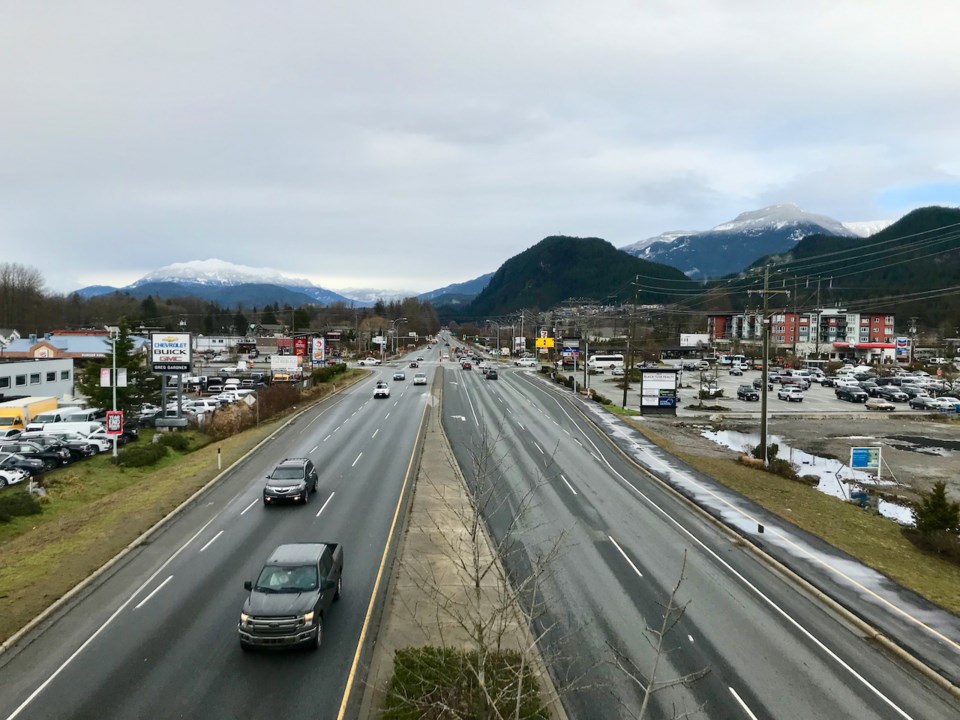With apologies to the good folks down in New Orleans, is it time to change the name of the Sea to Sky Highway to the Big Easy? According to some sources that moniker’s origins can be traced to the easygoing attitude the cops in U.S.’s Mardi Gras hub had towards alcohol consumption during the prohibition era.
Meanwhile, a similar laid-back approach is now being applied to the rules of the road in this neck of the woods.
In the wake of the recently lowered speed limits, speeding appears to be even more popular on the Sea to Sky Highway.
Too many drivers, largely due to negligible enforcement, are ignoring the variable speed limit signage.
Anybody who adheres to the electronically posted limits can look forward to getting aggressively tailgated when the passing lane disappears. And once the extra lane re-emerges, the majority of vehicles will zip by, no matter the weather.
When the system was set up in 2016, amidst much fanfare, chief constable Neil Dubord, chair of the B.C. Association of Chiefs of Police Traffic Safety Committee, said “Speeding is the leading cause of fatal car crashes in our province. Seven out of ten speed-related crashes are related to driving too fast for the road conditions.”
After officials at ICBC discovered the corporation was burning through cash like a crew of sailors on shore leave, they came to the conclusion that our roadways have become vehicular mosh pits.
To re-establish some semblance of order, the public auto insurer is slashing its advertising budget in half and channelling $2.4 million into police traffic enforcement. But that meagre spending boost is akin to using an eye dropper to empty a bathtub. Besides, direct police intervention is labour intensive and according to some experts outdated.
A more efficient alternative is photo radar, coupled with ample signage to warn drivers about electronically enforced speed limits ahead.
Photo radar is being deployed in Ontario, Quebec, Manitoba, Saskatchewan, Alberta and several jurisdictions in the U.S., as well as numerous European countries.
Another option is installing average speed monitoring equipment to photograph vehicle license plates at the entry and exit of a defined highway section and then calculating the speed in between.
Surveillance takes place around the clock, rain or shine, so there are no enforcement gaps.
That system has been in place in Scotland since 2005 and the Scottish transport minister claims speeding incidents have dropped dramatically. In his opinion, the impact has been “really quite incredible.”
UBC Sauder School of Business professor Werner Antweiler believes ICBC could save a bundle by slowing drivers down using a similar strategy. If the speed enforcement locations are well advertised, “there is no surprise, no uncertainty, no cash grab, and no speed ‘trap’ to catch unsuspecting drivers,” he says.
With those observations in mind, we know the technology is out there to curb the anarchy on the Big Easy and other major thoroughfares in this province.
It’s time to finally cut to the chase and get it done.



